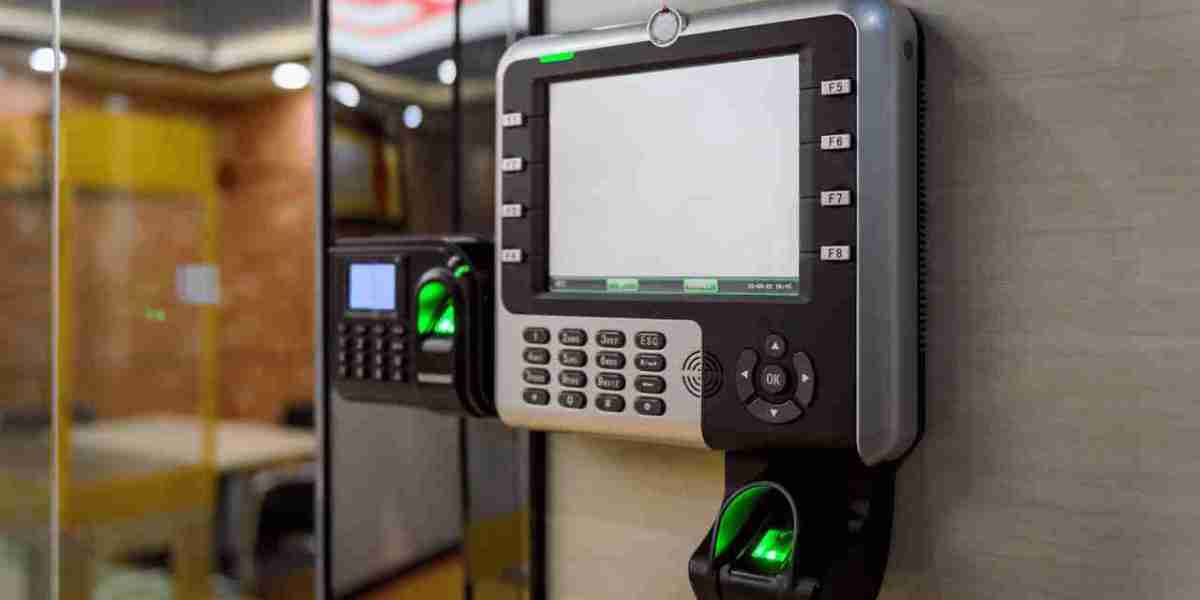In today's fast-paced world, managing who enters and exits a building or community has become more critical than ever. Access control systems provide a seamless and secure way to regulate entry, ensuring only authorized individuals gain access. From corporate offices to residential communities, these systems enhance safety while offering convenience. But how exactly do access control systems work? This guide explores their mechanisms, types, and benefits, with a special focus on Community Gate Systems—an essential component in modern residential security.
What Is an Access Control System?
An access control system is a security solution that restricts or grants entry to a physical space based on predefined permissions. These systems replace traditional locks and keys with advanced technologies such as keycards, biometric scans, or mobile credentials. By integrating with other security measures, they provide a robust defense against unauthorized access.
How Do Access Control Systems Work?
1. Identification & Authentication
The first step in an access control system is verifying a person's identity. This can be done through:
- Keycards or Fobs – Users present a card or fob to a reader.
- Biometrics – Fingerprint, facial recognition, or retina scans confirm identity.
- Mobile Access – Smartphones with NFC or Bluetooth act as digital keys.
Once identified, the system checks credentials against a database to authenticate the user.
2. Authorization & Permissions
Not everyone has access to every area. The system checks predefined permissions to determine if the user is allowed entry. For example, employees may access office spaces, while only management can enter restricted zones.
3. Entry or Denial
If credentials are valid, the system unlocks the door or gate. If not, access is denied, and in some cases, an alert is triggered.
4. Logging & Monitoring
Modern access control systems record every entry attempt, creating an audit trail. This helps in tracking movements and investigating security breaches.
Types of Access Control Systems
1. Discretionary Access Control (DAC)
The property owner decides who gets access. Common in small businesses and homes.
2. Mandatory Access Control (MAC)
Strictly controlled by a central authority, often used in government and military facilities.
3. Role-Based Access Control (RBAC)
Access is granted based on job roles, ideal for corporate environments.
4. Cloud-Based Access Control
Remote management via the internet, allowing administrators to update permissions from anywhere.
The Role of Community Gate Systems in Access Control
Community Gate Systems are a specialized type of access control designed for residential areas, gated communities, and apartment complexes. These systems ensure only residents and approved visitors can enter, enhancing safety and privacy.
How Community Gate Systems Work
- Resident Access – Residents use keycards, PIN codes, or mobile apps.
- Visitor Management – Guests can be granted temporary access via call boxes or virtual approval.
- Vehicle Recognition – License plate readers or RFID tags allow authorized vehicles to pass.
By integrating with broader access control networks, Community Gate Systems provide a seamless yet secure living environment.
Benefits of Access Control Systems
1. Enhanced Security
Prevents unauthorized entry, reducing theft and vandalism risks.
2. Convenience
No need for physical keys—digital access is faster and harder to lose.
3. Scalability
Systems can expand as a business or community grows.
4. Remote Management
Admins can control access from anywhere, especially useful for Community Gate Systems.
5. Audit Trails
Detailed logs help in investigations and compliance reporting.
Choosing the Right Access Control System
When selecting a system, consider:
- Security Needs – High-risk areas may need biometrics.
- User-Friendliness – Residents and employees should find it easy to use.
- Integration – Should work with existing security cameras and alarms.
- Budget – Cloud-based systems may have lower upfront costs.
For Community Gate Systems, prioritize reliability and visitor management features.
Conclusion
Access control systems are revolutionizing security by offering smarter, more efficient ways to manage entry. Whether for businesses, institutions, or residential areas like those using Community Gate Systems, these solutions provide unmatched protection and convenience. If you're looking for expert installation and maintenance, consider consulting a trusted Security System Company Winnipeg for tailored solutions.
FAQs
What is the main purpose of an access control system?
It ensures only authorized individuals can enter a secured area, enhancing safety and monitoring.
Can access control systems be hacked?
While no system is 100% hack-proof, advanced encryption and multi-factor authentication minimize risks.
Are Community Gate Systems worth the investment?
Yes, they significantly improve security and convenience for residential communities.
How long does it take to install an access control system?
Installation time varies but typically ranges from a few hours to a couple of days, depending on complexity.
Can I integrate my access control system with other security devices?
Absolutely—most modern systems work seamlessly with cameras, alarms, and smart home devices.




